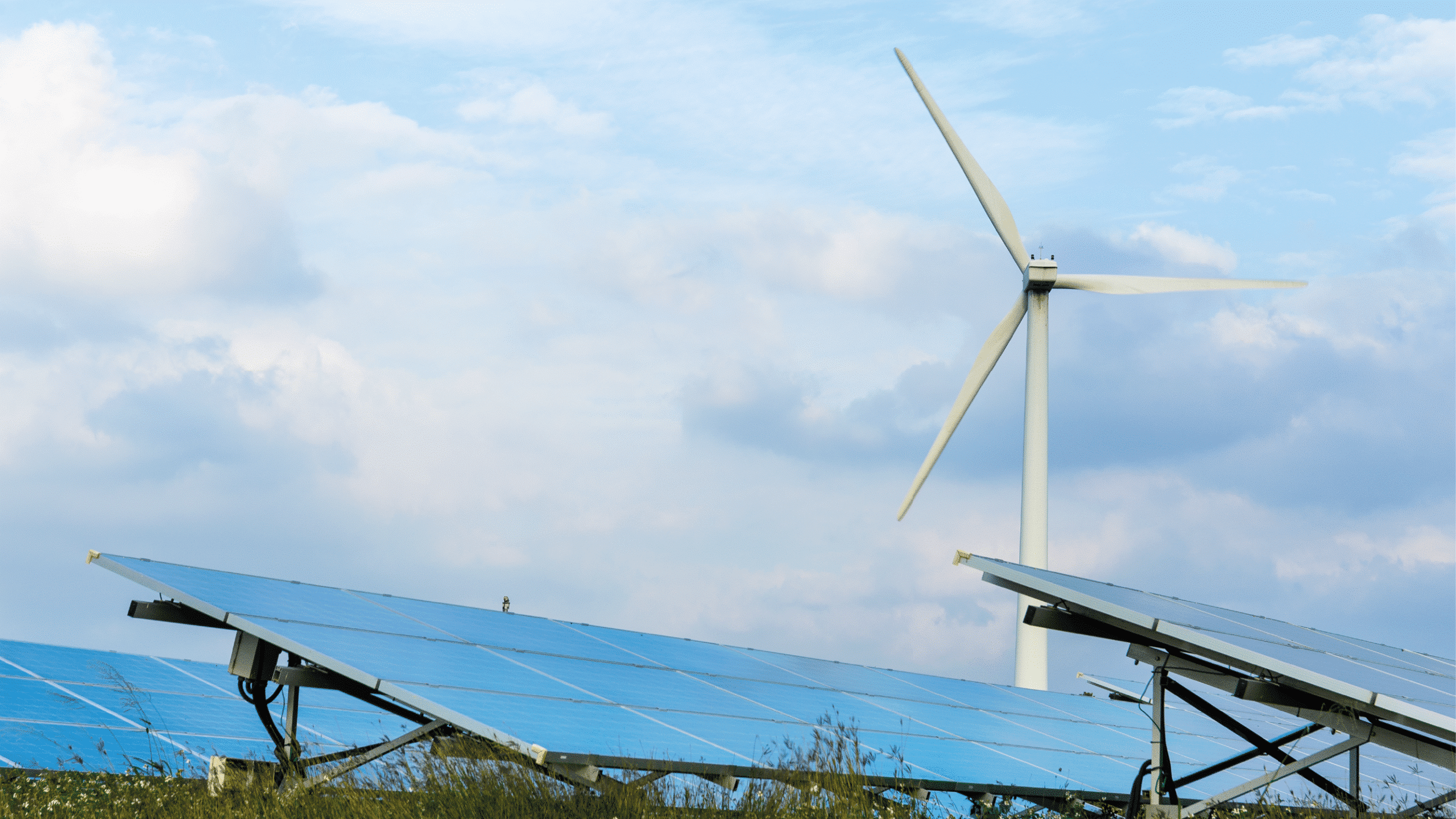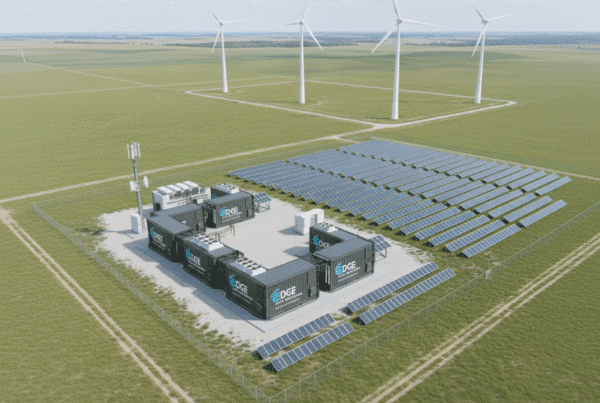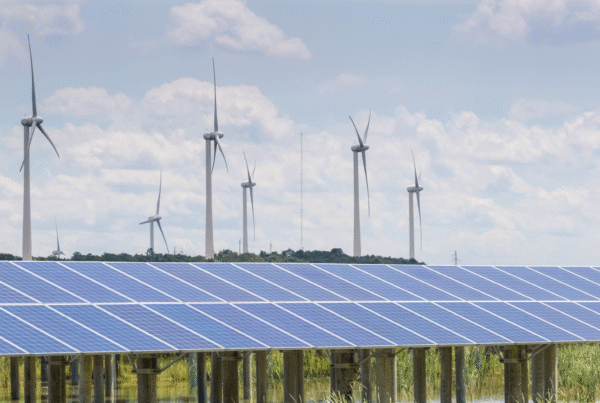
These two renewable energy sources are set to play a key role in the transition towards decarbonised energy systems to curb climate change.
To complement wind and solar, researchers from the University of Murcia and the Interdisciplinary Thematic Platform (ITP) Climate and Climate Services have developed an open source tool called CLIMAX. This model tries to identify those regions where solar and wind energy can be exploited to the maximum from a joint perspective. According to the researchers. It would reduce the monthly anomalies of the total electricity production of these two resources by up to 60%.
What suggestions can we take into account to optimise the production of solar and wind energy?
- Choose locations with high solar radiation or strong winds to increase the performance of solar panels and wind turbines, carrying out feasibility studies beforehand.
- Carry out regular maintenance of solar and wind systems to ensure their correct operation.
- Use efficient, high quality equipment and technologies. The more advanced they are, the more efficient they will be and the more energy they will generate.
- Implement energy storage systems such as batteries to capture and store excess energy generated.
Both wind and solar energy have experienced significant progress in recent years, both in terms of installed capacity and in terms of technology and efficiency.
- According to data from the Global Wind Energy Council (GWEC) at the end of 2020, global installed wind power capacity reached 743 GW.
- According to the International Renewable Energy Agency (IRENA) at the end of 2020, worldwide installed solar PV capacity exceeded 713 GW.
Advances in wind and solar power have contributed to their rapid adoption and have positioned these renewable energy sources as key pillars in the transition to a more sustainable and carbon-free energy system.







